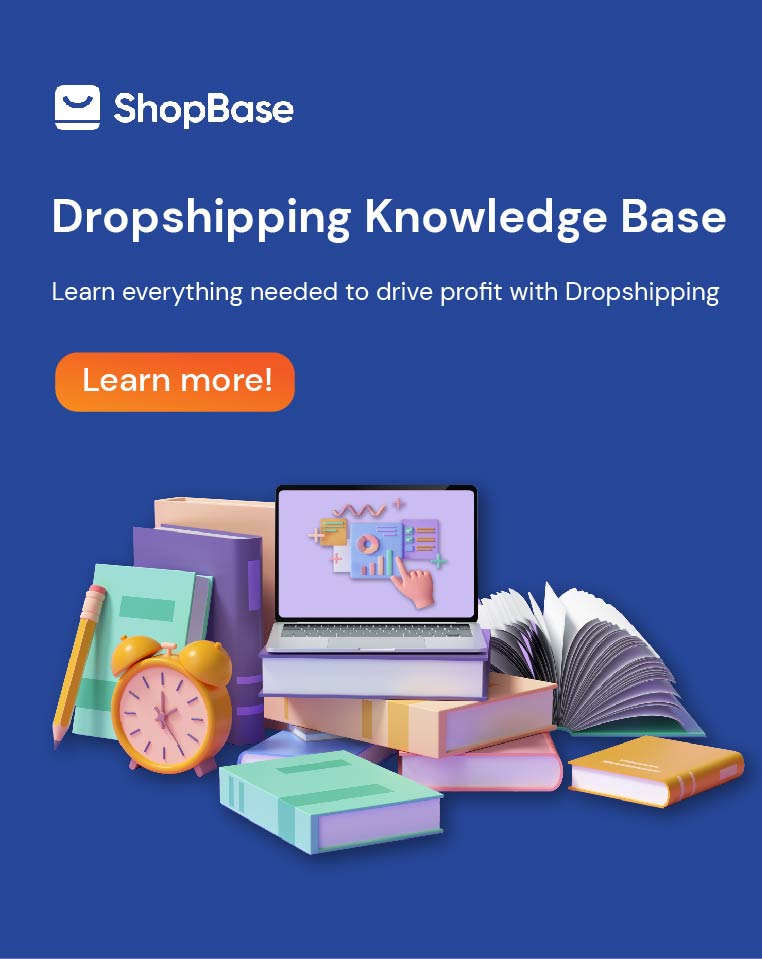Campaign budget optimization is an optimizing method on Facebook Ads. By using this way, Facebook will consider all of your advertising characteristics such as campaign objective, bidding strategy, delivery optimization choices, etc. and automatically distribute your ad spend to the most efficient ad set.
For example, you design a campaign with the objective of increasing page likes and select “lowest cost per action”. After a few days, Facebook will evaluate each ad’s performance, cut spending on inefficient ads (high cost, low performance) and distribute the money to better ads.
Campaign budget optimization can be used for all campaign objectives and does its best in campaigns with multiple ad sets.
Pros and Cons of Facebook Campaign Budget Optimization
Menu:
1. The pros are pretty clear
Facebook does some heavy lifting for you, using their algorithms to prioritize ad campaigns that are most likely to get you the results you want. Your money is automatically delivered to profitable ads without any need for manual adjustment. It can also be outstandingly effective. A case study by AdEspresso found out that campaign budget optimization reduces the campaigns’ cost per action by a significant amount.
2. However, there are still some downsides:
Firstly, you don’t have much control over ad delivery. This may not be a matter of concern to most business owners. However, for some who want to go into details, the automation brings about limitations. For example, if your campaign’s purpose is to generate leads that convert, the cheaper lead cost doesn’t mean a better result. Facebook can not assess the quality of lead; as a result, money is distributed to low-cost ads that generate low-quality leads.
Another thing that needs to be considered is that when you are intent on doing a notable change on your budget or recreating one campaign to tweak, the machine learning system could be restarted.





